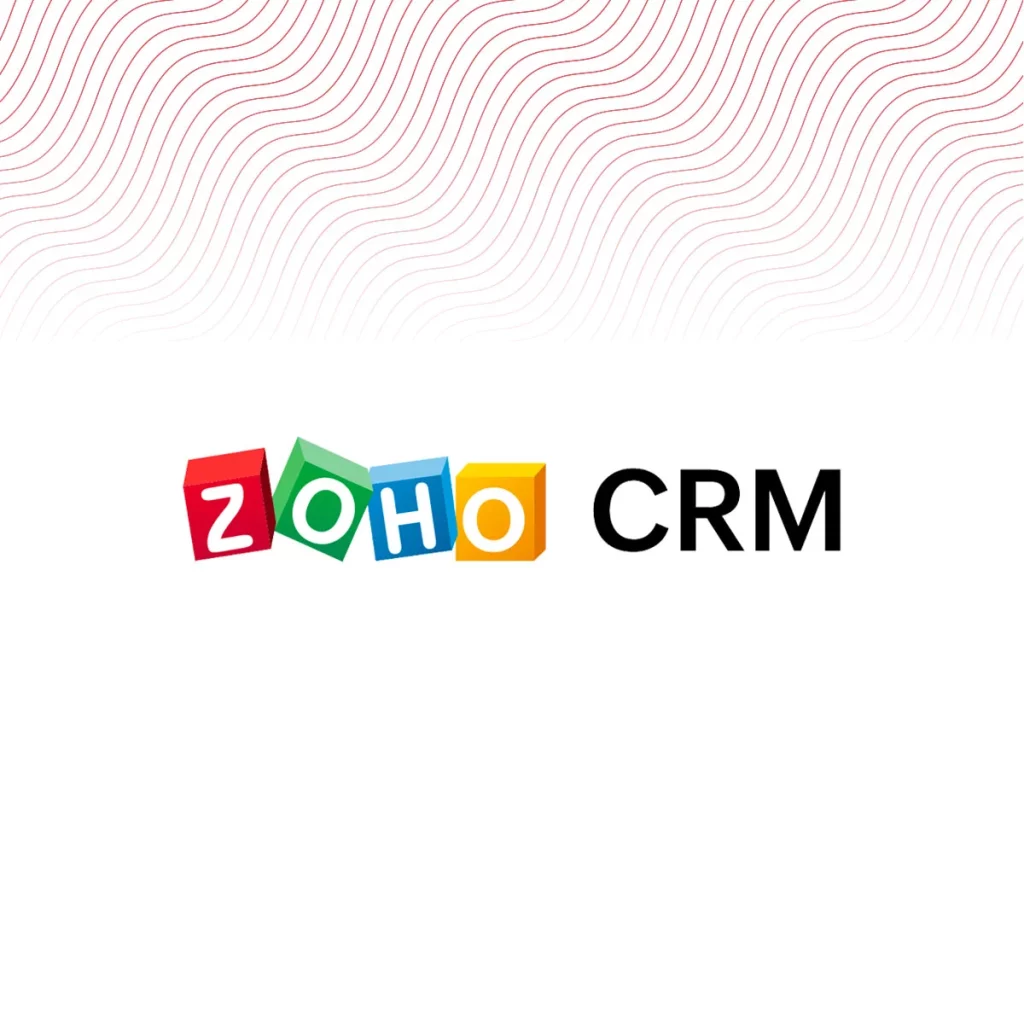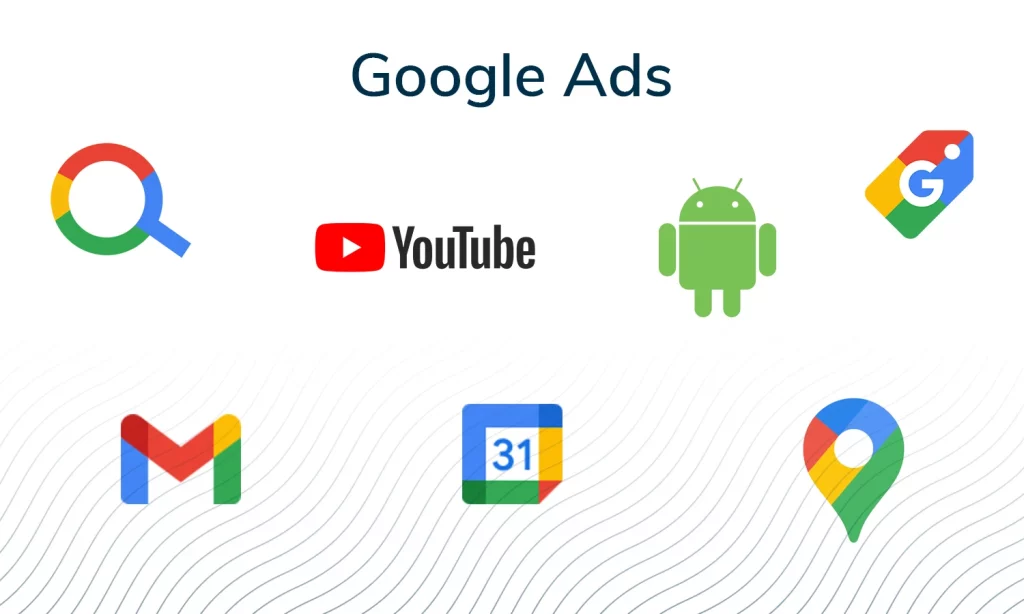What is Email Marketing?
Email marketing is one of the most effective ways to reach your customers and promote your product or service. But it can also be one of the most challenging and time-consuming aspects of running a business.
To help you get started, we’ve put together a comprehensive guide to email marketing. This guide covers everything from planning your email marketing strategy to designing effective emails to measuring your results.
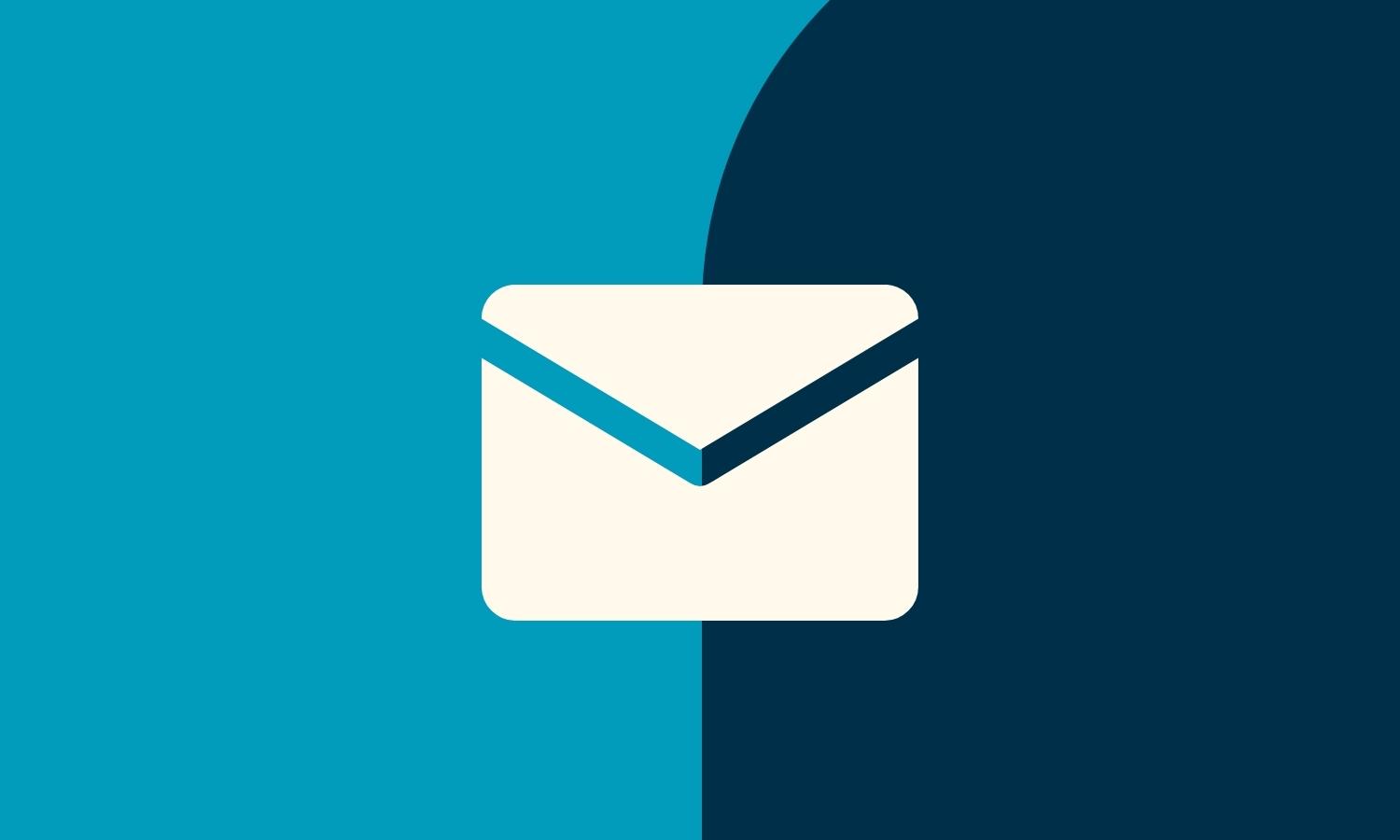
How Does Email Marketing Work?
Email marketing is a type of online marketing that uses email to promote products or services. Email marketing can be used to build relationships with customers, generate sales, or simply keep people up-to-date on what’s going on with your business.
Email marketing can be very effective if it’s done correctly. However, there are a few things to keep in mind, like making sure your emails are properly formatted and mobile-friendly. You also need to pay attention to the subject line and preview text so people will actually open your emails.
Why Does Email Marketing Work?
Email marketing is one of the most effective ways to reach your target audience. In fact, it’s more effective than both Facebook and Twitter. Here are a few reasons why email marketing works:
It’s Personalised
Email is a very personal medium. When you send an email to someone, they feel as though you are speaking directly to them. This is not the case with other marketing channels such as social media or display advertising.
It’s Targeted
Email marketing allows you to be very targeted in your messaging. You can segment your list and send different messages to different groups of people. This ensures that your message is relevant to the recipient and that they are more likely to take action
It’s Measurable
Email marketing is very measurable. You can track things like open rates, click-through rates, and conversions. This allows you to optimise your campaigns and ensure that you are getting the most out of your email marketing
It’s Cost-Effective
Email marketing is one of the most cost-effective marketing channels available. It’s very affordable to get started and you can reach a large number of people with very little effort.
If you are looking for a high-ROI marketing channel, email marketing should be at the top of your list.
Extended Benefits of Email Marketing
Email marketing can be a great way to promote your products or services. However, it’s not the only type of marketing you should be doing. In fact, you should be using a variety of marketing channels to reach your target audience.
That being said, there are a few benefits of email marketing that make it worth considering as part of your overall marketing strategy.

It’s inexpensive
First, as we mentioned above too, email is an inexpensive way to reach a large number of people. You don’t have to spend a lot of money on advertising or design when you’re sending emails.
It’s great for building relationships
Second, email is a great way to build relationships with your customers. When you send emails regularly, you stay top-of-mind and build trust with your audience.
It’s effective for generating sales
Finally, email is a highly effective way to generate sales. If you have a strong offer and a well-designed email, you can make a lot of sales.
Email marketing can be a great addition to your overall marketing strategy. However, it’s important to remember that it’s not the only type of marketing you should be doing. Use a variety of marketing channels to reach your target audience for the best results.
Types of Email Marketing Campaigns
There are a few different types of email marketing, each with its own benefits and drawbacks. The type of email marketing you choose will depend on your goals and objectives. Here are a few different types of email marketing to consider.
Broadcast Emails
Broadcast emails are one-time emails that are sent to your entire list at once. These types of emails can be used to promote a sale or announce a new product.
Autoresponders
Autoresponders are a series of pre-written emails that are sent out automatically over a period of time. These types of emails can be used to welcome new subscribers or deliver a course on your products or services.
Drip Campaigns
Drip campaigns are similar to autoresponders, but they’re more focused on building relationships and trust with your audience. These types of emails are usually sent over a longer period of time and include valuable content, such as tips, tutorials, or case studies.
Newsletters
Newsletters are a type of email that’s sent on a regular basis, usually weekly or monthly. These emails usually include a mix of content, such as articles, announcements, and special offers.
Transactional Emails
Transactional emails are emails that are sent in response to an action your customer has taken, such as making a purchase or signing up for a service. These types of emails usually include information about the transaction, such as a receipt or confirmation.
When is Email Marketing Effective?
Email marketing can be effective at any time. However, there are certain times when email marketing is more likely to be successful.
Special times of the year
Email marketing can be especially effective around holidays, such as Christmas. People are more likely to spend money around these times, so you have a better chance of making sales.
Promoting new products and services
Email marketing can also be effective when you have a new product or service to promote. If you have something exciting to share with your audience, they’re more likely to pay attention to your emails.

Running a sale or promotion
Finally, email marketing can be effective when you’re running a sale or promotion. If you have a limited-time offer, people are more likely to take action if they see it in their inbox.
Email Marketing for B2Bs
Email marketing can be a great way to reach your target audience, but it’s especially effective for businesses-to-businesses (B2Bs). B2Bs often have longer sales cycles than businesses-to-consumers (B2Cs). This means that it can take weeks or even months to close a deal. During this time, it’s important to keep in touch with your prospects and build relationships. Email is the perfect platform for this because you can stay in touch without being too pushy.
You can use email to send educational content, such as case studies or white papers. You can also use email to announce new products or services. And, of course, you can use email to run sales and promotions.
Email Marketing for B2Cs
Email marketing can also be a great way to reach your target audience if you’re a business-to-consumer (B2C). B2Cs often have shorter sales cycles than B2Bs. This means that people are more likely to make impulse purchases.
Email is the perfect platform for reaching your target audience with special offers and promotions. You can also use email to announce new products or services. Finally, you can use email to send educational content, such as tips or tutorials. This can help build relationships with your customers and turn them into lifelong fans.
How to Develop a GDPR Compliant Email Marketing List?
The General Data Protection Regulation (GDPR) is a set of regulations that were put in place to protect the privacy of European Union citizens. The GDPR applies to any company that processes the personal data of EU citizens, regardless of where the company is located. The GDPR requires companies to get explicit consent from people before collecting, using, or sharing their personal data. This means that companies must have a way for people to opt-in to receive emails, and they must provide a way for people to opt-out of receiving emails at any time. If you’re planning on email marketing after the GDPR goes into effect, there are a few things you need to do to make sure your list is compliant.
Opting in
First, you need to make sure you have a way for people to opt-in to receiving your emails. This can be done with a sign-up form on your website, or by including a checkbox on your checkout page. Alternatively, if you have a business with less transactions, and hence, a smaller chance of developing an email list, you may want to deploy a lead magnet.
A lead magnet is a freebie that you offer in exchange for someone’s contact information. Lead magnets can also be helpful if you want to increase leads or sales. There are many different types of lead magnets, such as ebooks, reports, guides, templates, and more. The key is to choose a lead magnet that is relevant to your target audience and that will solve a problem they have. For example, if you sell products for dogs, your lead magnet could be a guide on how to choose the best dog food. Or, if you sell products for gardeners, your lead magnet could be a template for creating a gardening schedule.
Once you have chosen a lead magnet, you need to create a landing page where people can sign up to receive it. Your landing page should include a form where people can enter their contact information. It’s important to make the process of signing up for your lead magnet as easy as possible. The fewer steps there are, the more likely people are to sign up. Once you have collected someone’s contact information, you can then add them to your email list and start sending them marketing emails.
Option to unsubscribe
Second, you need to make sure you include an unsubscribe link in every email you send. This link must be prominently displayed and easy to find.
Then, you need to keep track of when people unsubscribe from your emails. You should remove these people from your list immediately so you’re not accidentally sending them emails in the future.
Planning Your Email Marketing Strategy
Before you start sending emails, it’s important to take some time to plan your email marketing strategy. This will help you determine your goals, target audience, and the best way to reach them. Here are a few questions to ask yourself as you plan your strategy:
- What are your goals?
- Who is your target audience?
- What type of content will you include in your emails?
- How often will you send emails?
- When will you send emails?
These are just a few of the questions you should answer before you start sending emails. Once you have a good understanding of your goals and target audience, you can start planning the rest of your email marketing strategy.
How to Send Email Marketing Campaigns?
There are a few different ways to send email marketing campaigns.
Email marketing software
The most common method is to use an email marketing service, such as MailChimp or Constant Contact. These services allow you to create and send emails to your list of subscribers. They also provide tools that make it easy to track the results of your campaign, such as how many people opened your email or clicked on a link.
Autoresponders
Another option is to use an autoresponder, such as AWeber or GetResponse. Autoresponders allow you to automate your email marketing campaigns so that you don’t have to send each email manually.
Combination of email marketing software and autoresponders
You can also use a combination of both methods. For example, you can use an email marketing service to send your initial email and an autoresponder to follow up with people who don’t respond.
No matter which method you choose, there are a few things you should keep in mind when sending email marketing campaigns.
- Keep Your Emails Short and Sweet: People are busy and they don’t have time to read long emails. So, make sure your emails are short and to the point. Get straight to the point and don’t include any fluff.
- Use a catchy subject line: Your subject line is the first thing people will see when they receive your email. So, make sure it’s attention-grabbing and makes them want to read more.
- Personalise your emails: People like to feel like they’re receiving a personal message, not a generic one. So, make sure to personalise your emails by including the person’s name or other information that makes the email feel more personal.
- Use images and videos: Images and videos can help make your email more visually appealing and can help get your message across. However, don’t use too many images or videos as this can make your email look cluttered.
- Send test emails: Before you send your email to your entire list, send a test email to yourself or a few friends to make sure everything looks good and there are no errors.
- Use a call to action: Your email should have a call to action, such as “click here to buy now” or “sign up for our newsletter.” This tells people what you want them to do after they’ve read your email and makes it more likely that they’ll take that action.
- Track your results: After you send your email, make sure to track your results so you can see how many people opened it and clicked on the links. This information will help you improve your future email campaigns. You can also use Google Analytics to track how much traffic your emails are driving to your website. This data can be very helpful in understanding what type of content is most effective at getting people to take action.
5 Types of Emails You Should Send
Now that you know when email marketing is effective, let’s take a look at the different types of emails you should send.
Announcement Emails
Announcement emails are emails that announce something new, such as a new product or service. These types of emails usually include information about the product or service, as well as a call-to-action (CTA). For example, you might ask people to click through to your website to learn more.
Educational Emails
Educational emails are emails that teach your audience something. These types of emails can be helpful if you have a new product or service to promote. They can also be helpful if you want to build relationships with your customers.
For example, you might send an email with a tutorial on how to use your product. Or, you might send an email with tips on how to improve your customer’s experience.
Engagement Emails
Engagement emails are emails that encourage your audience to engage with your brand. These types of emails can be helpful if you want to increase brand awareness or build relationships with your customers.
For example, you might send an email asking people to follow you on social media. Or, you might send an email asking people to participate in a survey.
Promotional Emails
Promotional emails are emails that promote your products or services. These types of emails can be helpful if you want to increase sales or drive traffic to your website.
For example, you might send an email with a coupon code. Or, you might send an email announcing a sale.
Transactional Emails
Transactional emails are emails that are sent after a transaction has been completed. These types of emails can be helpful if you want to build relationships with your customers or increase customer loyalty.
For example, you might send an email confirming a purchase. Or, you might send an email thanking a customer for their business.
Now that you know the different types of emails you should send, let’s take a look at how to create an email marketing campaign.
Email Segmentation Strategy
One of the most important aspects of email marketing is segmentation. Segmentation is the process of dividing your email list into smaller groups based on certain criteria. For example, you might segment your list by people who live in a certain state or city, people who have purchased from you in the past, or people who have signed up for your newsletter. The benefits of segmentation are that it allows you to send more targeted and relevant emails to each group. This makes your emails more effective and helps to improve your open and click-through rates.
Once you’ve segmented your list, you need to decide what type of content you want to send to each group. The best way to do this is to create a series of emails that are specifically targeted at each group.
For example, if you have a group of people who live in London, you might send them emails about events that are happening in London or special deals on products that are only available to residents of London. If you have a group of people who have purchased from you in the past, you might send them emails about new products or special discounts on items they’ve purchased in the past. And if you have a group of people who have signed up for your newsletter, you might send them emails with exclusive content or early access to new products or sales.
By segmenting your list and sending targeted content, you’ll be able to improve your open and click-through rates and make your email marketing more effective.
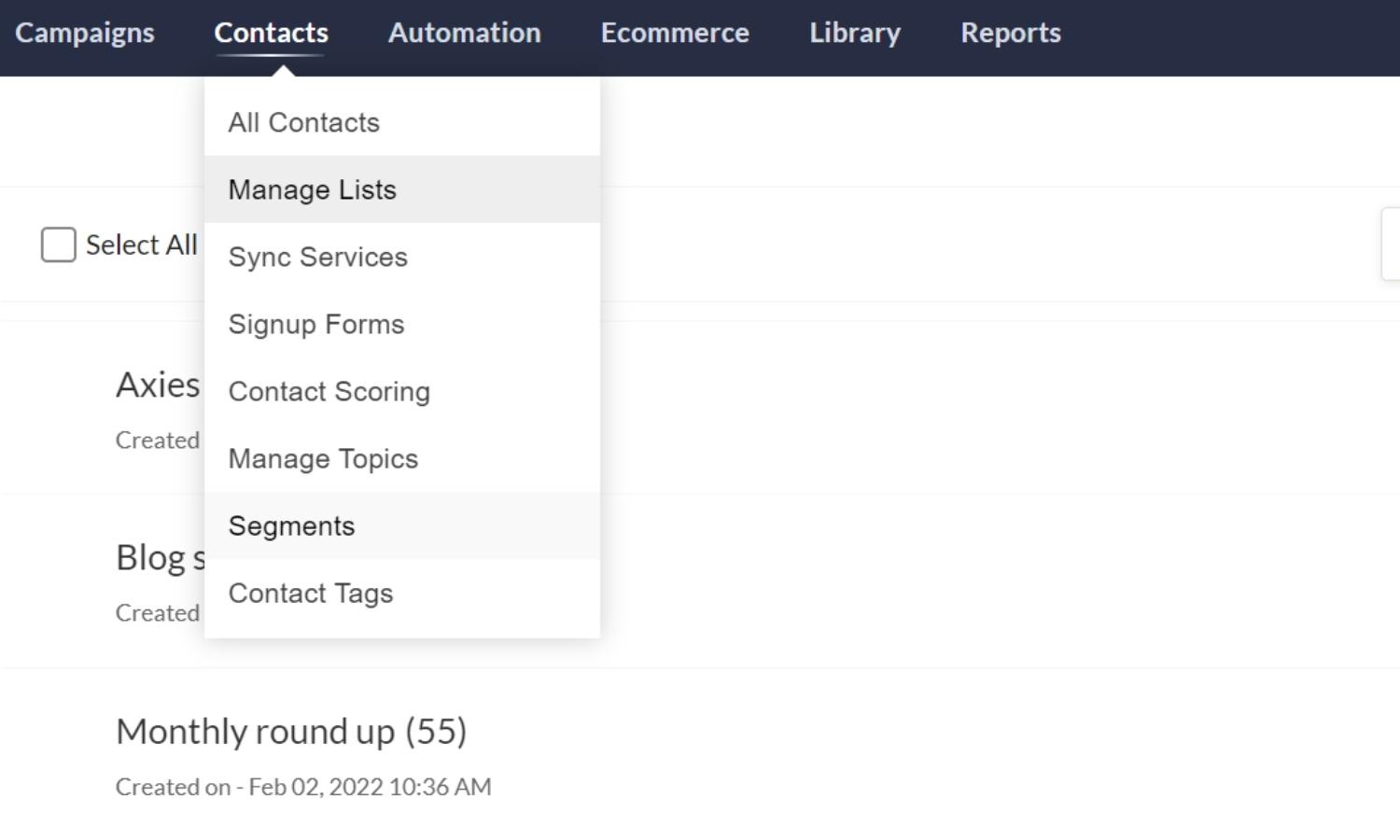
Email Automation Strategy
Email automation is another important aspect of email marketing. Email automation is the process of setting up automatic emails that are sent to your subscribers based on certain criteria. For example, you might set up an automated email that is sent to someone when they sign up for your newsletter or when they make their first purchase from your store. Or, you might set up an automated email campaign that sends a series of emails over a period of time, such as a welcome email series or a product launch series.
Automated emails can be very effective at promoting your products or services and can help improve your open and click-through rates.
Suggested Email Marketing KPIs
There are a few different KPIs (key performance indicators) that you should track when it comes to your email marketing. These KPIs will help you gauge the success of your email marketing campaigns and make necessary adjustments.
Open Rate
The most important KPI to track is your open rate. Your open rate is the percentage of people who open your emails. The average open rate for email marketing campaigns is around 20%. However, the average open rate for email marketing campaigns is between 15% and 25%.
If your open rates are below this, it could be an indication that your subject lines need work or that your emails are going to spam folders. If your open rates are above this, it could be an indication that your campaign is performing well.
Click Through Rate
Another important KPI to track is your click-through rate. Your click-through rate is the percentage of people who click on links in your email. The average click-through rate for email marketing campaigns is around 2%. However, the average click-through rate for email marketing campaigns is between 1% and 2%.
If your click-through rates are below this, it could be an indication that your emails are not relevant to your subscribers or that the call-to-actions in your emails are not effective. If your click-through rates are above this, it could be an indication that your campaign is performing well.
Unsubscribe Rate
And finally, you should also track your unsubscribe rate. Your unsubscribe rate is the percentage of people who unsubscribe from your email list after receiving one of your emails. The average unsubscribe rate for email marketing campaigns is around 0.2%.
If your unsubscribe rate is above this, it could be an indication that your emails are too frequent, too promotional, or not relevant to your subscribers. If your unsubscribe rate is below this, it could be an indication that your campaign is performing well.
How to Test an Email Marketing Campaign?
Testing is an important part of any email marketing campaign. By testing different aspects of your campaign, you can determine what works best and what doesn’t. Some things that you may want to test include the subject line, the sender name, the “from” email address, the email content, the call-to-action, and the time and day that you send your emails.
Testing can be done with a small group of subscribers before you launch your campaign to your entire list. Or, you can test with your entire list and use A/B split testing. With A/B split testing, half of your list receives one version of your email (Version A) and the other half receives a different version (Version B). Then, you can compare the results to see which version performs better.
How to Avoid Email Marketing Spam Filters?
Email marketing spam filters are designed to block emails that are considered to be spam. So, if you want to avoid the spam filters, it’s important to make sure that your emails are not considered to be spam. There are a number of things that can trigger the spam filters, including using too many exclamation points, using all caps, using certain words and phrases, and having a “from” email address that is not from your domain.
To avoid the spam filters, it’s important to use common sense and to avoid doing anything that would trigger the filters.
How to Improve Email Marketing Campaigns?
There are a few different ways you can improve your email marketing campaigns. If you’re not happy with your open rates, click-through rates, or unsubscribe rates, here are a few things you can do to improve your results.
Subject lines
First, take a look at your subject lines. Your subject line is the most important element of your email and it’s what will determine whether or not someone opens your email. Make sure your subject lines are clear, concise, and interesting. Use numbers and symbols to make them stand out. And, avoid using words like “free” or “sale” as they will trigger spam filters.
Content
Second, take a look at the content of your emails. Make sure your emails are relevant to your subscribers and offer value. Your emails should also be concise and easy to read. No one wants to read a long, rambling email. And, make sure your call-to-actions are clear and effective.
Email lists
Finally, take a look at your email list. Make sure you’re only sending emails to people who have opted in to receive them. And, make sure you’re regularly cleaning your list by removing inactive subscribers. An inactive subscriber is someone who hasn’t opened or clicked on an email in 6 months or more.
How to Improve the Results from Email Campaigns?
There are a number of ways to improve the results from email marketing campaigns. By following the tips in this guide, you can improve your open rates, click-through rates, and unsubscribe rates.
And, by tracking the right KPIs, you can make necessary adjustments to improve your results even further.
Email Marketing Services
There are a number of different email marketing services available. These services offer a variety of features and tools to help you create and send emails. Some of the most popular email marketing services include Zoho Campaigns, MailChimp, Constant Contact, AWeber, and GetResponse. All of these services offer free plans for small businesses. And, they all have paid plans with additional features and tools.
When choosing an email marketing service, it’s important to consider your needs. Each service offers different features and tools. And, each service has its own strengths and weaknesses. So, take some time to research the different services and choose the one that’s right for you.
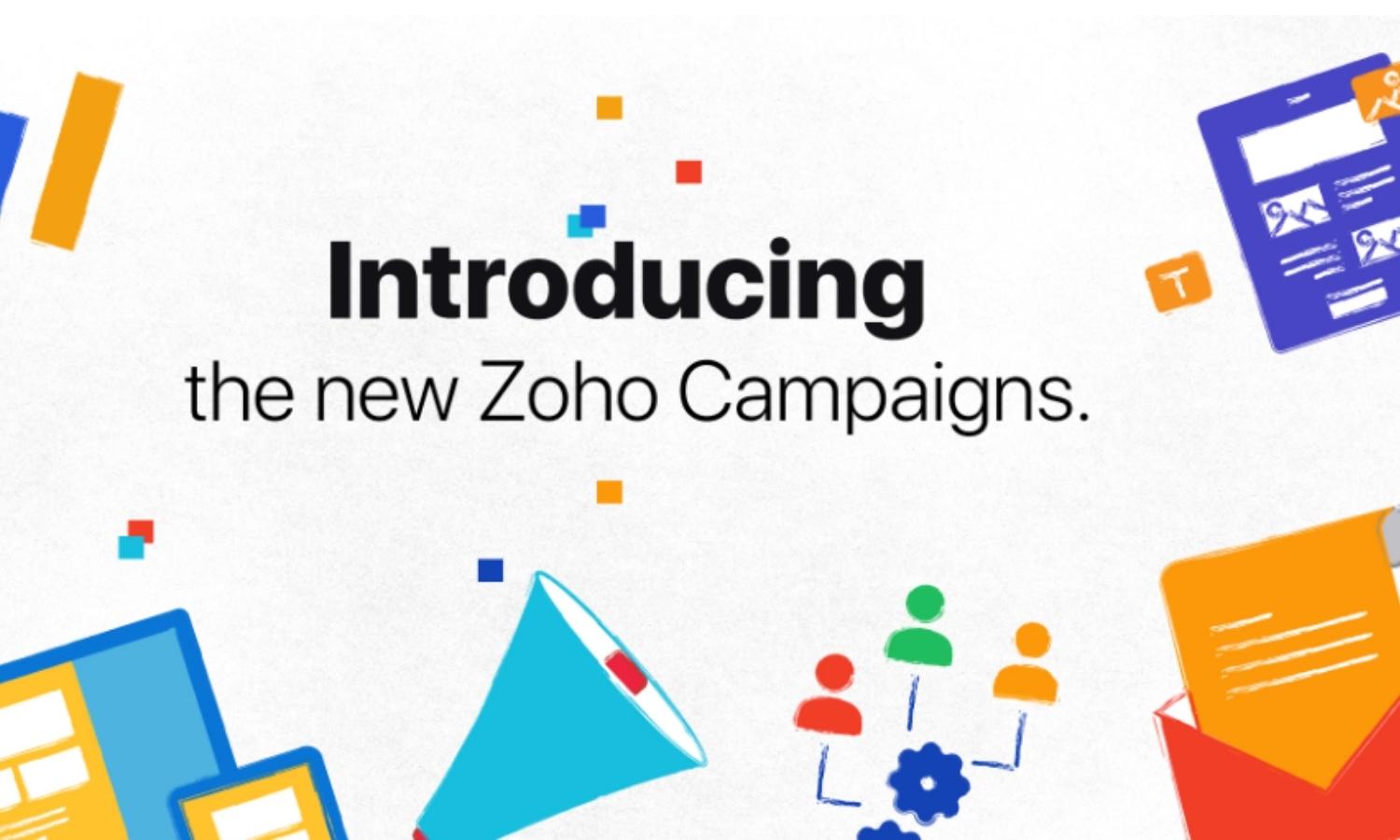
Email Marketing Agencies
In addition to email marketing services, there are also a number of email marketing agencies, e.g. Axies, available. Get in touch with them and take the conversation forward from there.
How Often Should I Send Emails?
There’s no definitive answer to this question. It depends on a number of factors, including your business, your audience, and your goals. In general, it’s best to start slow and gradually increase the frequency of your emails. If you send too many emails too soon, you run the risk of annoying your subscribers and causing them to unsubscribe. So, start with a once-a-week email. And then, if you see that your open rates and click-through rates are good, you can increase the frequency to twice a week or even more.
How Much Does Email Marketing Cost?
Email marketing is a very affordable way to market your business. In fact, it’s one of the most cost-effective marketing methods available. The cost of email marketing depends on a number of factors, including the size of your list, the frequency of your emails, and the email marketing software that you use.
In general, you can expect to pay between £1,000 and £2,000 per month for email marketing with a credible agency. However, if you have a large list or if you send a lot of emails, you may need to pay more. Overall, it’s a better idea to include email marketing in your extended marketing mix, which will also bring down the price of dedicated email marketing, and your email marketing will work in conjunction with the rest of your marketing.

